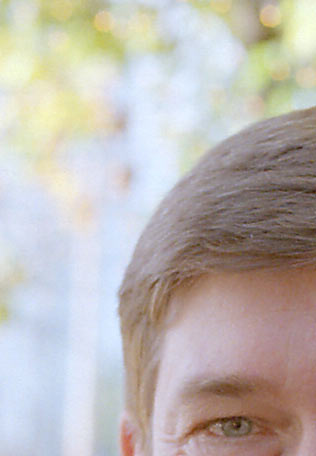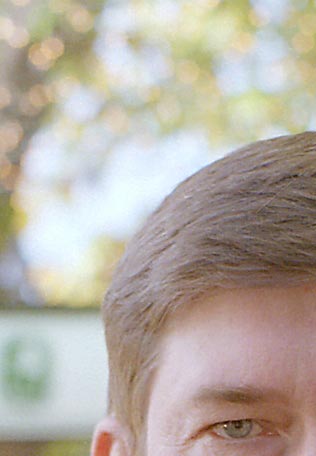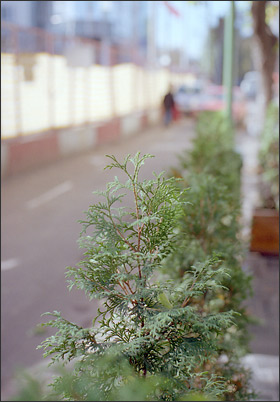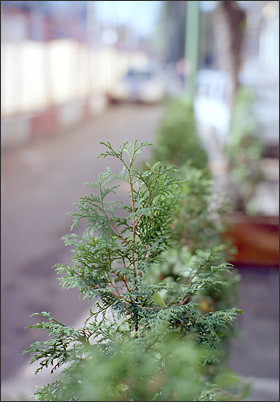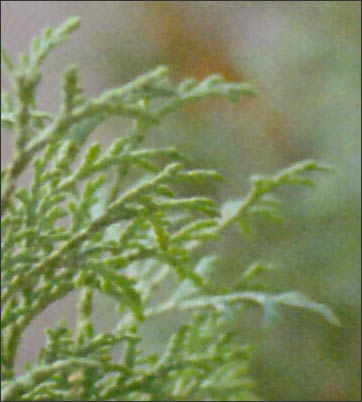The
two lenses differ in price and design significantly. The 43Lim is
very stylish and convenient. Still, the question remains — is
it worth paying extra money for it? Can 43Lim produce better images?
If so, how can we see the difference?
Before buying the 50mm prime lens from Pentax, I searched the web
for any comparative pictures. Unfortunately, I did not succeed in
that. Now that I got a few test images, I would like to share my visual
information with you. I hope it will help you to make the right decision.
When
comparing the pictures please take into account the following.
1.
You may think the images are blurry a little. However, I did not fail
to focus the lenses properly, and the exposure was short enough to
cope with possible camera movements. The pictures are not perfectly
sharp, because I decided to show you actual scans. No computer
tricks were applied to them.
Moreover, I believe it is not very interesting to analyze the sharpness
of these two lenses. Of course, both of them are perfectly sharp.
I wanted to draw your attention to other factors. Many owners of 43Lims
claim their lenses produce wonderful colors, marvelous tone plasticity,
and unbelievable bokeh. Please pay your attention to such things first.
If
sharpness is the crucial issue, please look for other sources of information.
2.
Please do not forget that the lenses have different focal lengths.
Thus, their DOF and ability to blur the background is also different.
According to the traditional theory, the infinitely far point is rendered
as the spot with the diameter of (f M)/N, where f stands for the focal
length, М for magnification, and N for F-number. Thus, if the magnification
and aperture are constant, the degree of fuzziness is proportional
to f.
Note:
If you know the approach of Harold Merklinger, you may not agree
with me. Still I insist that Merklinger's method does not work well
in all cases. It is better to use the conventional theory. If you
want to learn more about my arguments, please read my
artile entitled "Understanding physical meaning of sharpness.
Is Harold Merklinger's theory correct?"
3.
Is it good to compare lenses of different focal lengths? I think the
answer to this should be 'yes'. If we know all the conditions and
terms of the test, then we can derive some useful information. Why
not?
The
subject and the photographer's goal determine everything. Suppose
you want to make a half-length portrait of a man under the given circumstances.
Whatever instruments you are going to use, two different portraits
can be compared with each other. I mean they can be compared from
an aesthetic point of view. Technically, they will be different. But
I do not care about it. Personnaly, I prefer to look at two pictures
rather than analyzing boring MTF charts and other technical data.
4.
The scans were obtained @2820 dpi. Thus, fragments at 50% (100%) magnification
can be considered as parts of the equivalent print 3 x 4 ft (6 x 8
ft).


